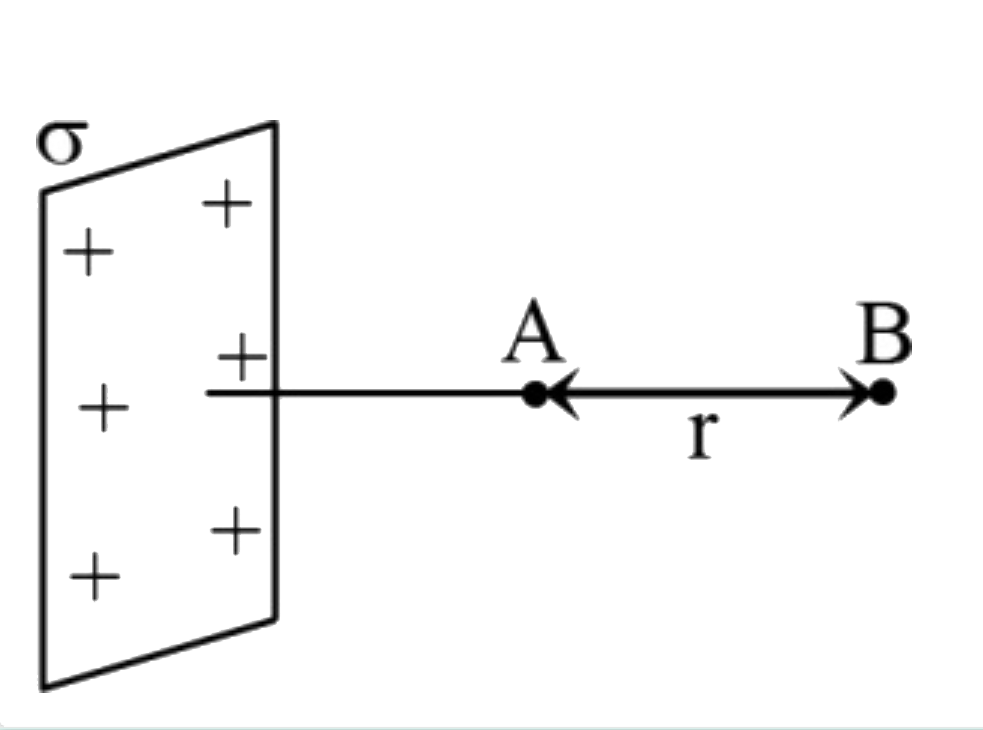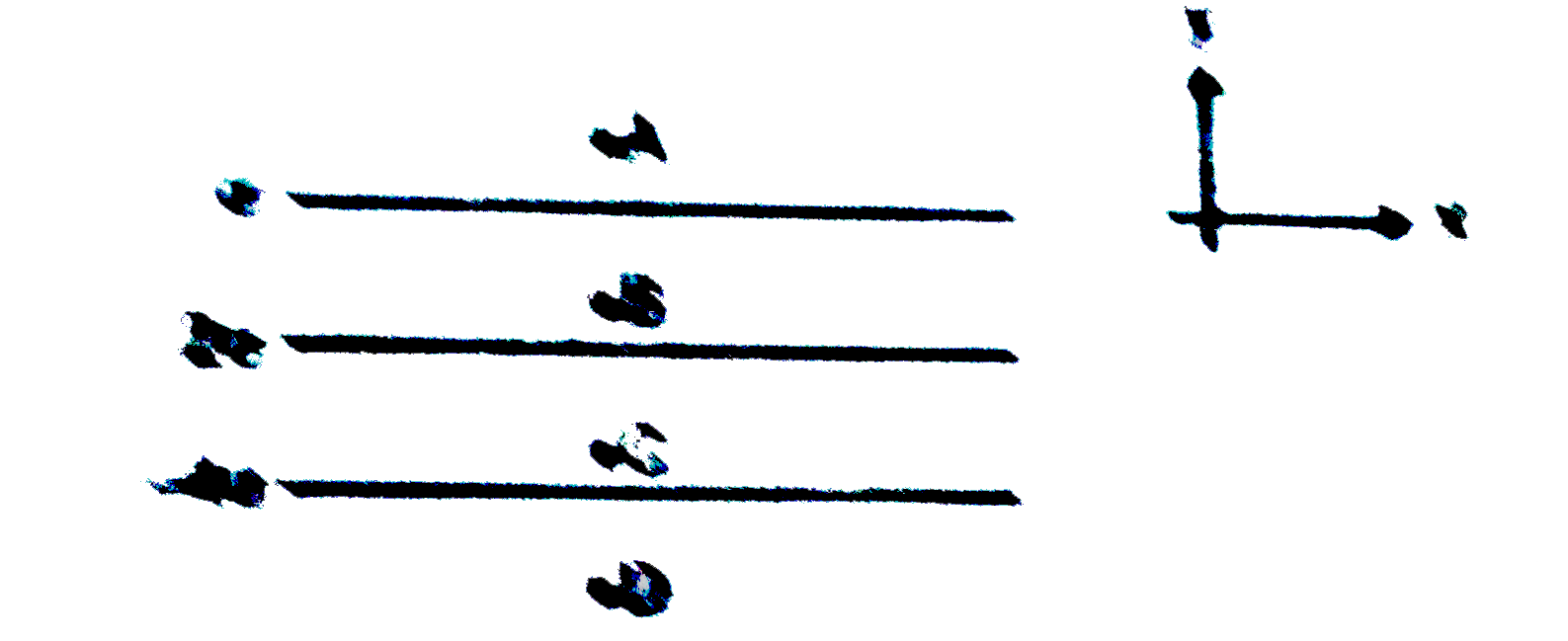An infinite changed sheet has 10−7Cm−2 surface density of change .How far apart are the equipotential surface differing by 5 voits ?
[Hint: Elwctri intensity =rate of fall of potential .]
The correct Answer is:0.885mm
Step by step video, text & image solution for An infinite changed sheet has 10^(-7) Cm^(-2) surface density of change .How far apart are the equipotential surface differing by 5 voits ? [Hint: Elwctri intensity =rate of fall of potential .] by Physics experts to help you in doubts & scoring excellent marks in Class 12 exams.
Topper's Solved these Questions
- BOOK - NN GHOSHCHAPTER - GAUSS THEOREM AND ITS APPLICATIONEXERCISE - EXAMPLES(a)24videos
GAUSS THEOREM AND ITS APPLICATION
- BOOK - NN GHOSHCHAPTER - GALVANOMETERS: AMMETER AND VOLTMETERSEXERCISE - Exercise32videos
GALVANOMETERS: AMMETER AND VOLTMETERS
- BOOK - NN GHOSHCHAPTER - HEATING AND CHEMICAL EFFECT OF CURRENTEXERCISE - EXAMPLE B23videos
HEATING AND CHEMICAL EFFECT OF CURRENT
Similar Questions
An infinite plane sheet of charge density 10−8Cm−2 is held in air. In this situation how far apart are two equipotenitial surfaces, whose p.d is 5 V ?
View SolutionAn infinite nonconducting sheet has a surface charge density of σ=0.10μC/m2 on one side. How far apart are equipotential surfaces whose potentials differ by 50 V?
View Solution
Knowledge Check
- Question 1 - Select One
An infinite sheet of charge has surface charge density σ . The separation between two equipotential surfaces, whose potential differ by V is:
AσV2∈0B2∈0VσC∈0VσD2σ∈0V - Question 2 - Select One
An infinite sheet of charge has a surfaces charge density of 10−7Cm2. The separation between two equipotential surfce whose potentials differ by 5V is
A0.64cmB0.88mmC0.32cmD5×10−7m
An infinite conducting sheet has surface charge density σ. The distance between two points is r. The potential difference (VA−VB) between these point is
 View Solution
View SolutionAn infinite nonconducting sheet with a uniform surface charge density sets up parallel equipotential surfaces. Any pair of surfaces differing by 25.0 V are separated by 8.80 mm. (a) What is the magnitude of the surface charge density? (b) If an electron is released near the sheet, does it tend to move from higher to lower potential or vice versa ?
View SolutionTwo charges +2μCand−2μC are placed at points A and B, 5 cm apart. Depict an equipotential surface of the system.
View SolutionCalculate the surface density of change at a place on the earth's surface where the rate of fall of potential is 250 volts per metre.
[Hint : rate of fall of potential =electric =E=σε0 by Gauss's theorm.]View SolutionFind the surface density of electric charge at a place on the earth's surface, where the rate of fall of potential is 2.5 V.
View SolutionIf three infinite charged sheets of uniform surface charge densities σ,2σ and −4σ are placed as shown in figure, then find out electric field intensities at points A, B, C and D.
 View Solution
View Solution

